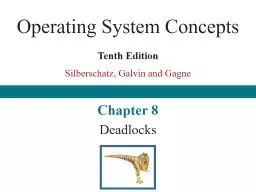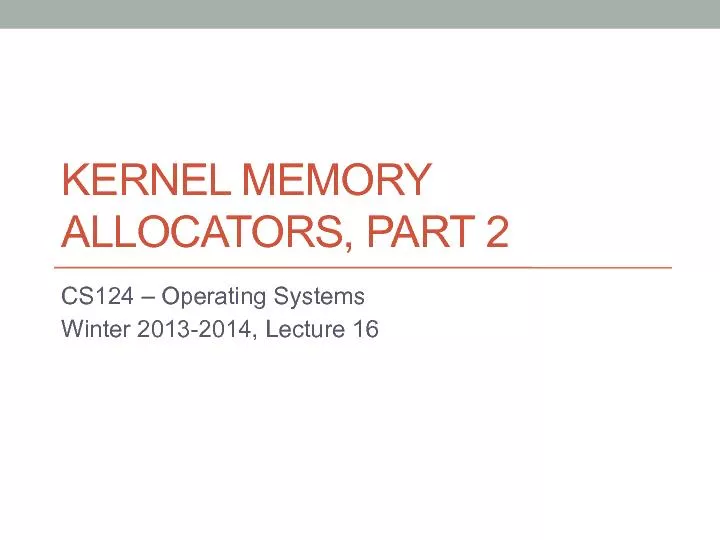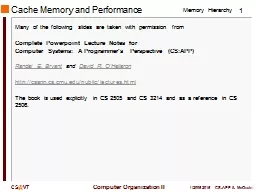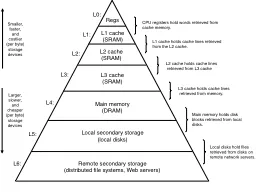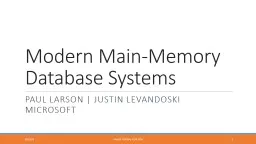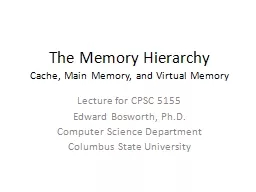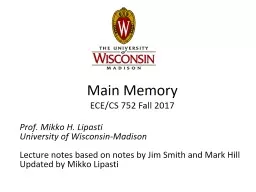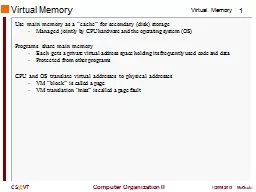PPT-Chapter 8: Main Memory Chapter 8: Memory Management
Author : briana-ranney | Published Date : 2018-10-24
Background Swapping Contiguous Memory Allocation Segmentation Paging Structure of the Page Table Example The Intel 32 and 64bit Architectures Example ARM Architecture
Presentation Embed Code
Download Presentation
Download Presentation The PPT/PDF document "Chapter 8: Main Memory Chapter 8: Memo..." is the property of its rightful owner. Permission is granted to download and print the materials on this website for personal, non-commercial use only, and to display it on your personal computer provided you do not modify the materials and that you retain all copyright notices contained in the materials. By downloading content from our website, you accept the terms of this agreement.
Chapter 8: Main Memory Chapter 8: Memory Management: Transcript
Download Rules Of Document
"Chapter 8: Main Memory Chapter 8: Memory Management"The content belongs to its owner. You may download and print it for personal use, without modification, and keep all copyright notices. By downloading, you agree to these terms.
Related Documents

